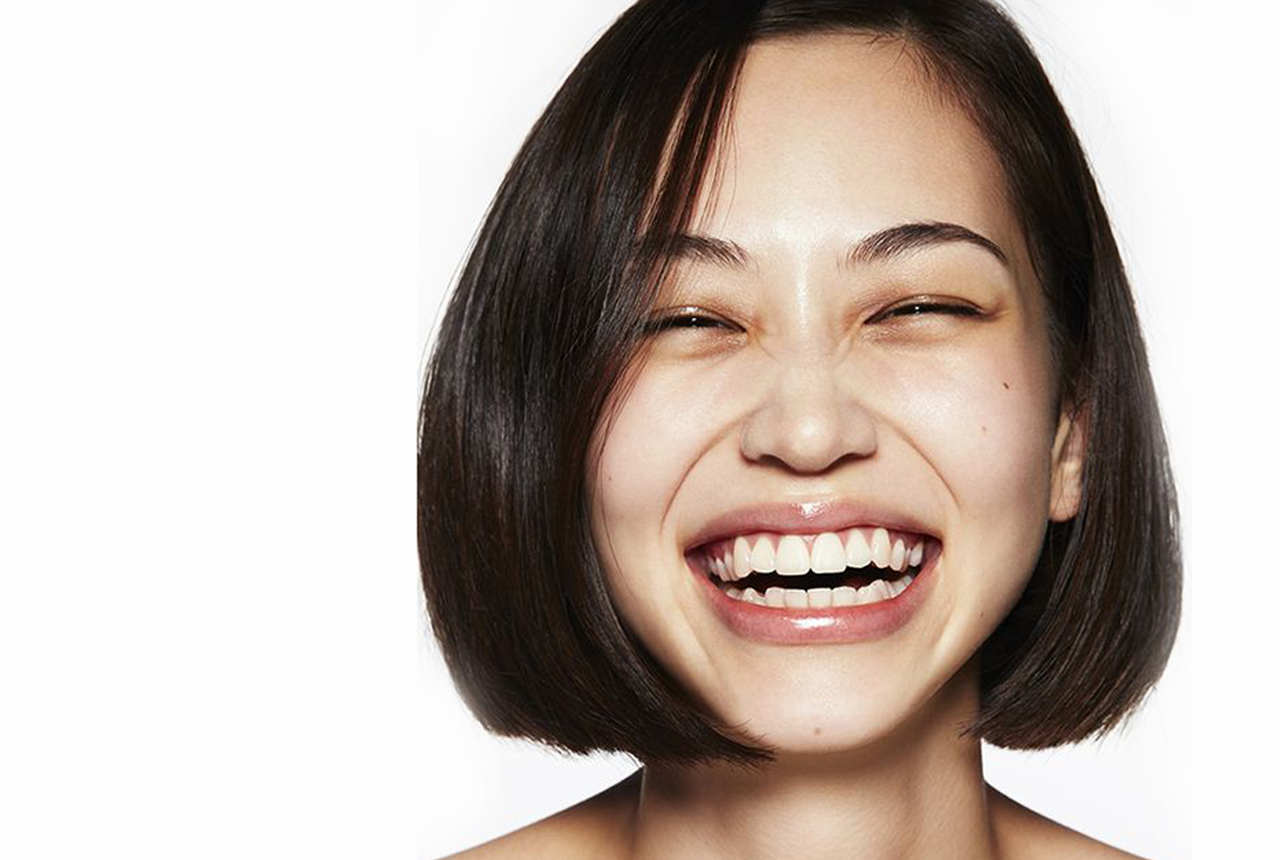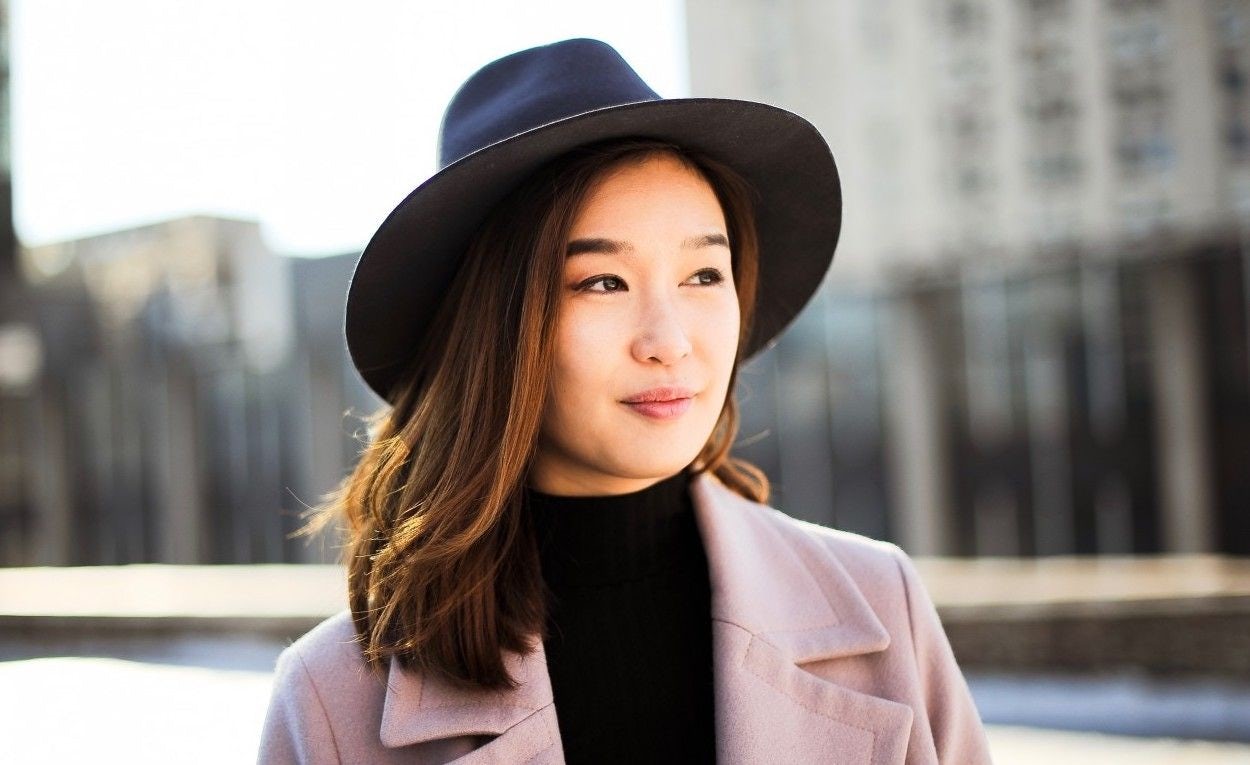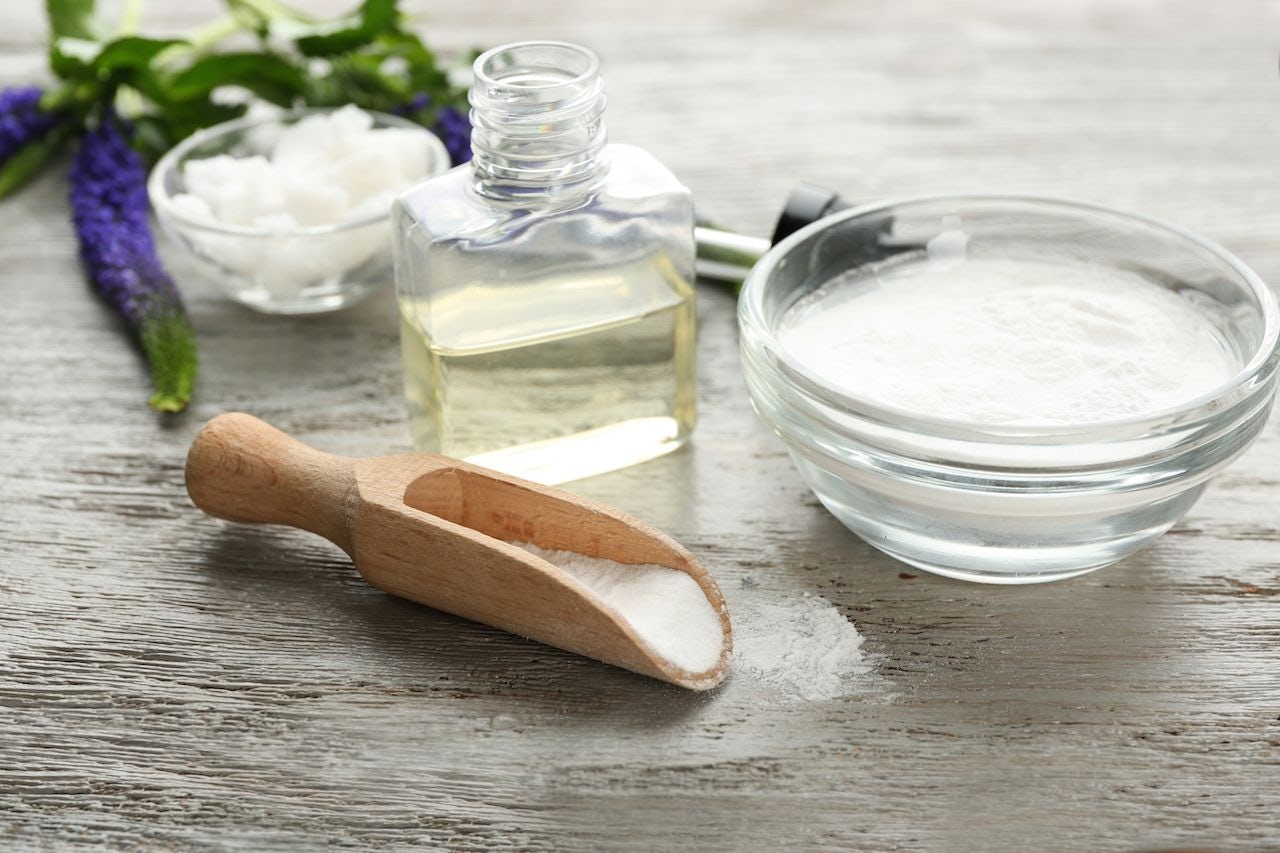Though some Korean beauty products like cushion compacts and CC cream are still in hot demand in China, Japanese beauty (J-beauty) have recently begun to offer some fierce competition.
A report by New York research group L2 entitled Digital IQ Index: Beauty China found that in 2017 sales growth and digital visibility of J-beauty brands increased faster than that of Korean-beauty (K-beauty) brands.
Amorepacific Corporation, the Korean beauty company that owns brands such as Etude House, posted a 76 percent loss in the fourth quarter of 2017. The company singled out the lack of interest from Chinese consumers as the biggest reason for the decline.
In stark contrast to the poor performance of the K-beauty industry, major J-beauty labels such as Shiseido and SK-II have achieved positive growth thanks to a kinder reception in China. A report by Nikkei Asian Review in mid-2017 revealed that Shiseido raised its annual profit expectations on the basis of strong China demand. In our interview with Shiseido CEO Masahiko Uotani, he was clearly optimistic about China, stating that, “we are making big progress in terms of market share.”
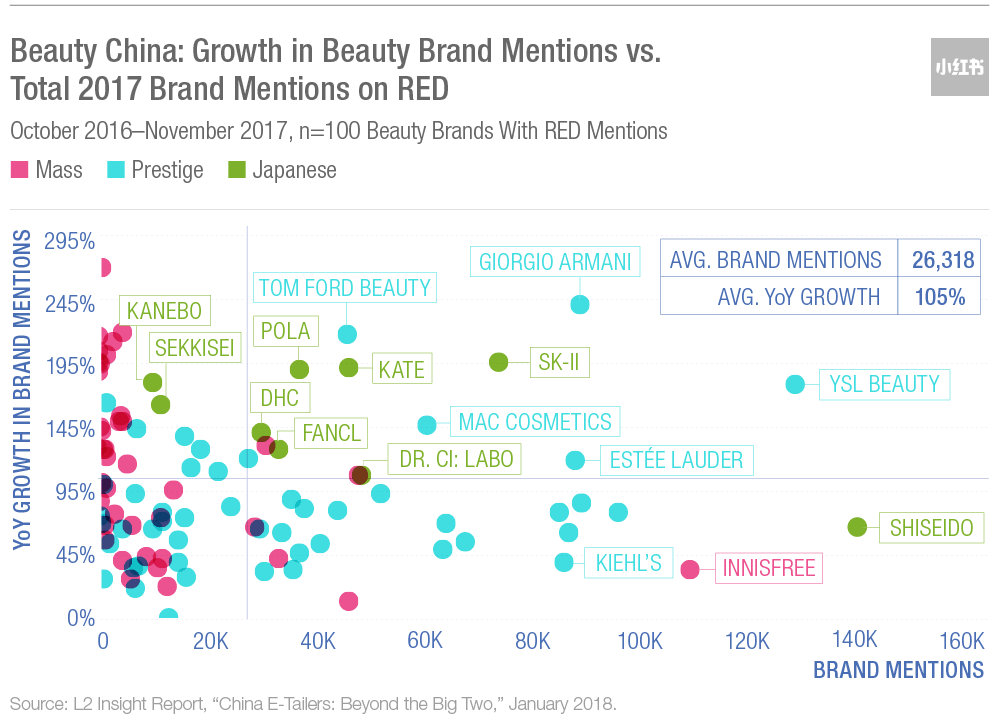
Japanese brands including SK-II, Dr. Ci: Labo, Fancl, DHC, Kate, and Pola were also among the most mentioned beauty products on RED, a popular Chinese app, according to the L2 report.
Icy political relations with China after South Korea launched its THAAD missile defense system last year is thought to be partly responsible for the dip in K-beauty brands’ performance. With fewer Chinese tourists traveling to South Korea, sales fell across categories in duty-free stores and boutiques previously full of Chinese consumers. But the travel ban can't fully explain K-beauty's decline in China.
“Japanese cosmetics are particularly advantageous in the development of small category and featured products,” said Sang Ying, General Secretary of the China Beauty Expo. “Many companies spend decades for one product. This has created the ingenuity ‘quality’ sign for Japanese products.”
Today, consumers in China are more concerned about quality than ever, as they are "more demanding and pragmatic, according to McKinsey & Company. They are willing to pay more for better quality products, and Japanese products are perceived to be higher quality.
“Japan has always been a solid value and — despite some up and downs — an endless inspirer and creator of beauty products innovations for China,” said Matthieu Rochette Schneider,centdegrés China's general manager.
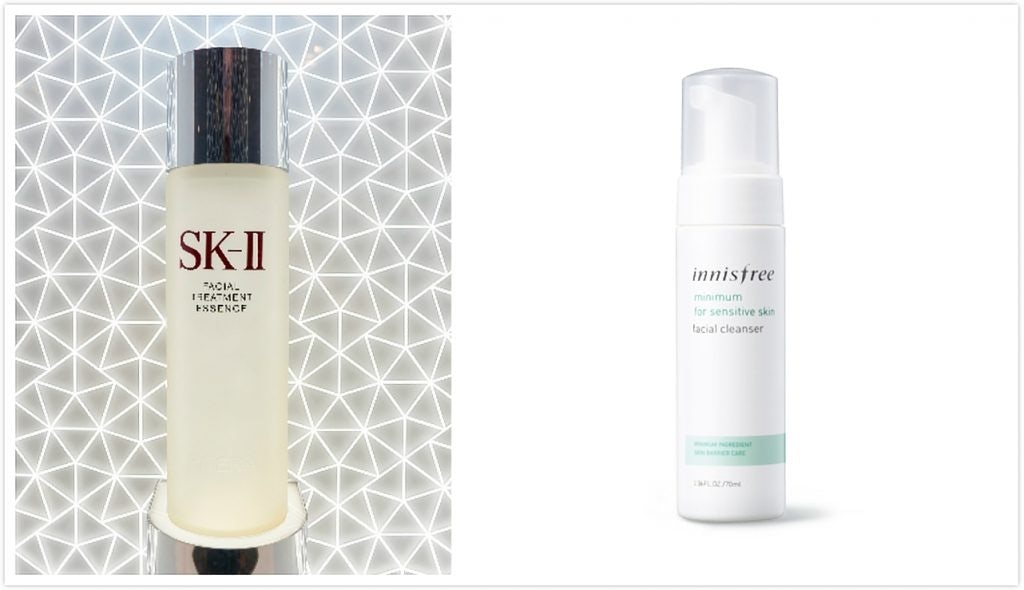
It also seems that K-beauty’s branding and marketing approach has gone awry.
“K-beauty brands like to use celebrities who have done a lot of cosmetic surgery that indicates a value proposition about women that I cannot agree with any longer as I am getting older,” said Rita Chen, 29, a London-based Chinese woman who works in the finance sector. Chen told Jing Daily that starting in 2016 she has consciously and gradually switched all of her beauty and skincare products from K-beauty to J-beauty brands.
Korean Beauty Brands typically promote the idea that women need to be forever young and look like innocent young girls. That’s a concept that is increasingly dismissed by well-educated women in the country. On the other hand, Japanese beauty brands such as SK-II are pioneering new marketing campaigns in East Asia based on empowerment and independence.
“In 2018, all lights are green and Japan’s influence should be noticeable in the entire industry,” said centdegrés China’s Matthieu Rochette Schneider. However, that doesn't mean the K-beauty industry will go into free fall. Some high-end, luxury Korean brands such as Hera and Sulwhasoo, are bucking the trend and expanding in China last year, a sign that foreign beauty brands are moving towards the higher-end to stay competitive.
